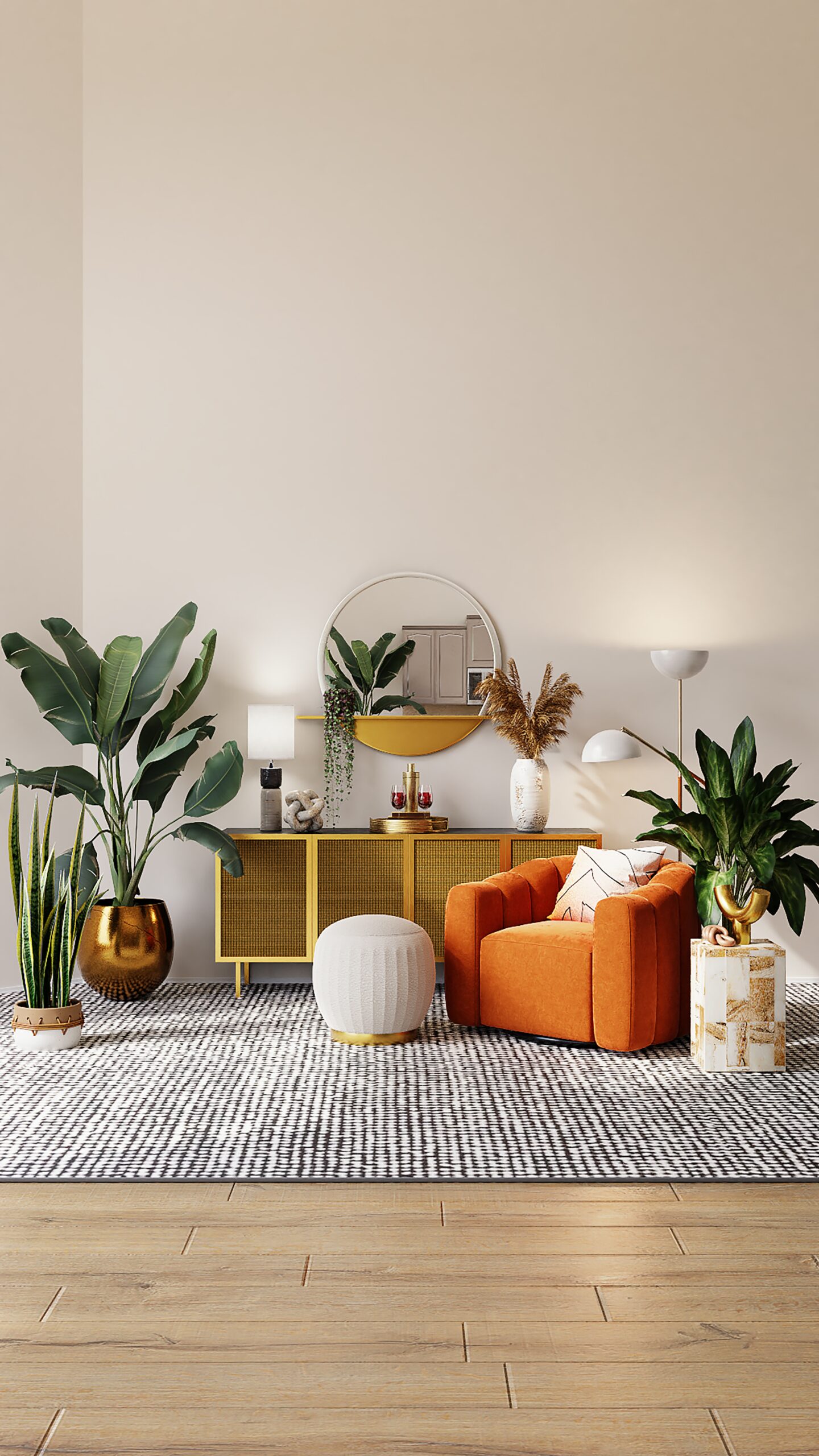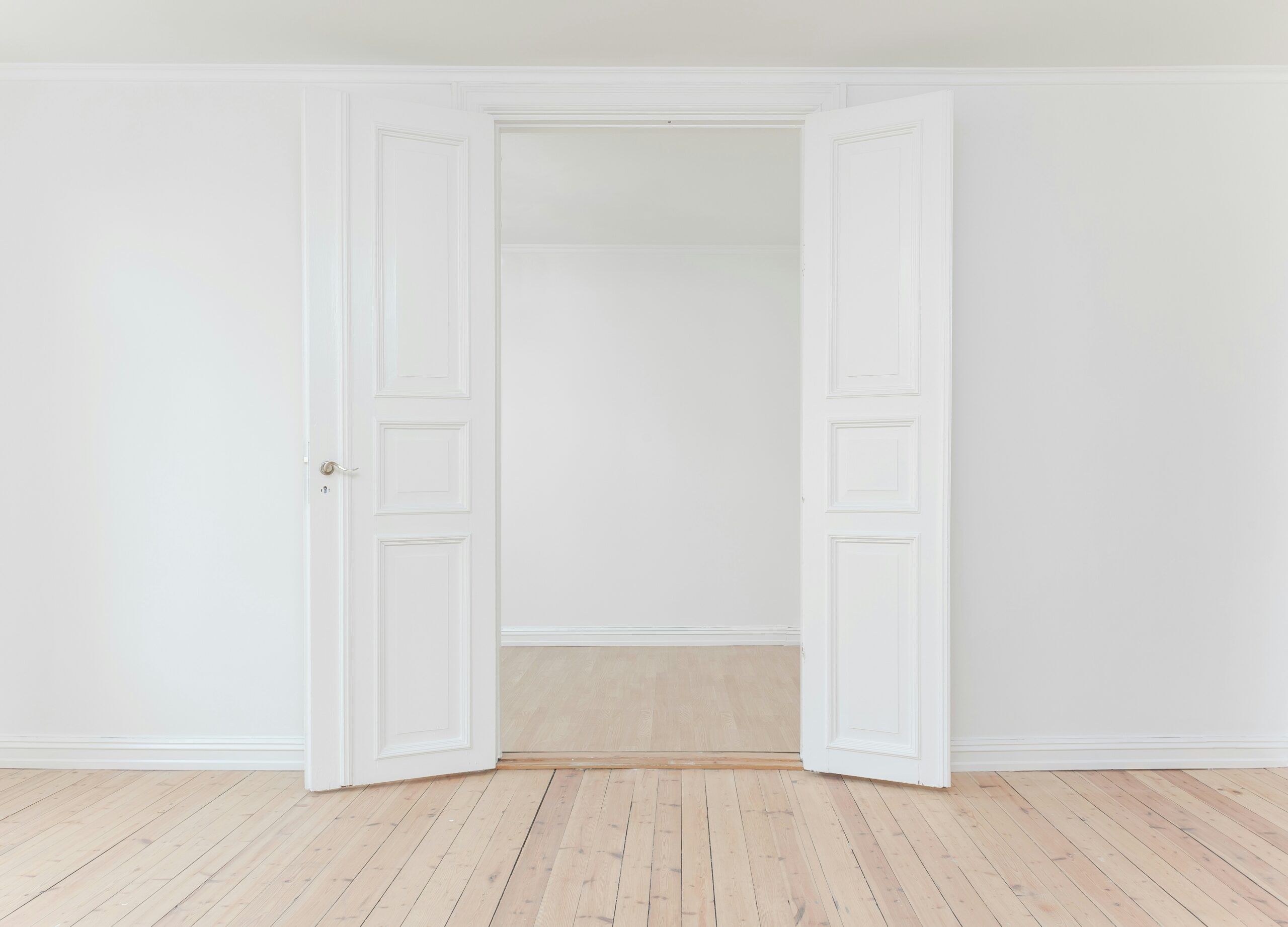Interior design is a creative process that involves transforming spaces into aesthetically pleasing and functional environments. One principle that designers often follow is the 80-20 rule, also known as the Pareto Principle.
The 80-20 rule suggests that 80% of the impact in a room comes from 20% of the design elements. This means that a few key elements have a significant influence on the overall look and feel of a space. By focusing on these key elements, designers can create a cohesive and visually appealing design.
So, what are these key elements? They can vary depending on the space and the designer’s vision, but they often include things like color scheme, furniture arrangement, lighting, and focal points. These are the elements that make the biggest impact and should be given the most attention during the design process.
However, it’s important to note that the 80-20 rule doesn’t mean that the remaining 20% of elements should be neglected. While they may not have as much impact individually, they still contribute to the overall design and should be considered in order to create a well-balanced space.
Applying the 80-20 rule in interior design can help designers prioritize their efforts and create more effective designs. By focusing on the key elements that have the most impact, designers can create spaces that are visually stunning and functional.
So, the next time you embark on an interior design project, remember the 80-20 rule and let it guide your design decisions.




